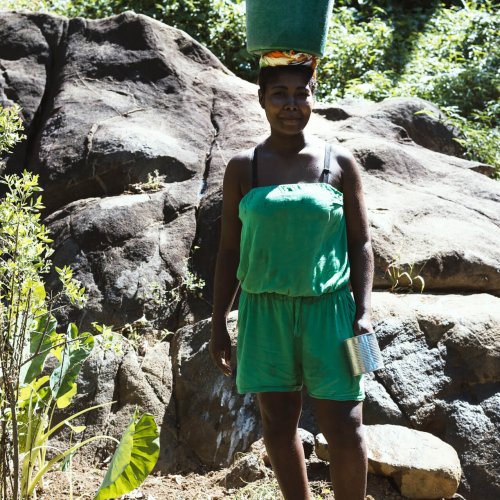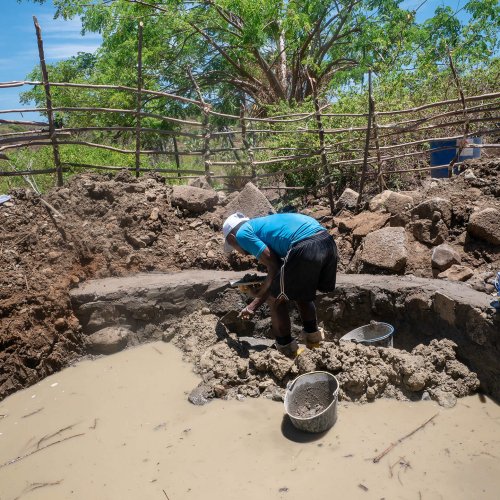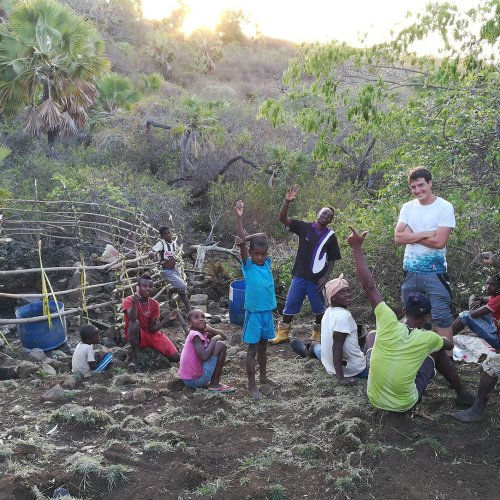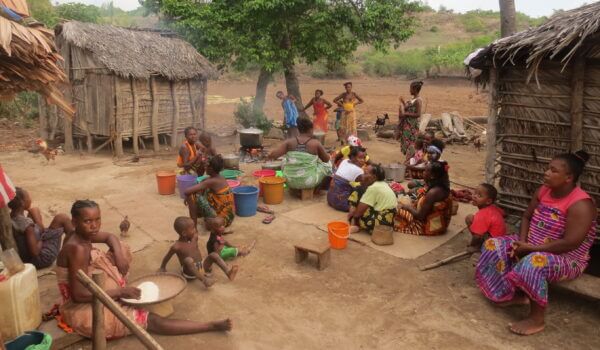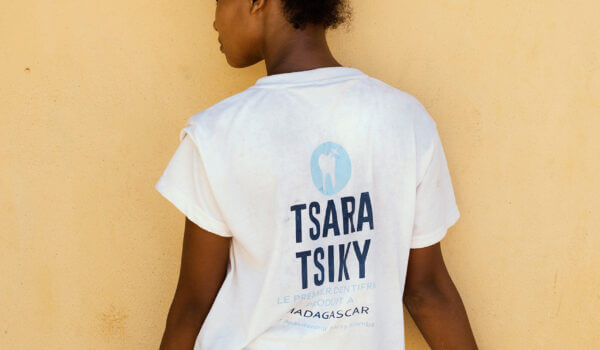In the North-West of Madagascar, to date many people die in their first decade of life from completely preventable diseases. Open-Defecation is still a widespread practice (100%) and it makes water highly contaminated. Improved Drinking Water access is not guaranteed and most of people rely on surface contaminated water ponds (PHOTO1) where both human being and cattle drink. Lack of clean water poses multi-dimensional challenges for local communities: water-borne diseases, such as cholera and typhoid; waste of time spent to collect water for the ones in charge, usually women and children with a bunch of social and economic consequences.
Through this project, H4O addresses the social, economic and environmental challenges by providing all Nosy Mitsio villages with 24/7 clean water. The project helps each community to set and train Community Management Committees (CMCs) in charge of the entire management (and maintenance) of the Water Supplies. Ultimately, our project is contributing to increased women and girls’ empowerment reducing the time spent to collect water and by (providing them different activities through other H4O projects) making it available for other profitable, domestic or leisure activities.


About the Drinking water supply project
Key info
- Project location: Bevaoko, Ampanitsoha (Nosy Mitsio)
- Sector of intervention: Water, Sanitation & Hygiene (WASH)
- Dates: 2018 – ongoing
- Target: private Households, Schools, Healthcare facilities
- Skills development: Aquifers and Groundwater behaviour, hydraulic principles, water catchments and water supplies self-construction, operation & maintenance tasks, water bills collection and management.
For who
Beneficiaries
The project ultimately benefits the entire targeted community, as it is structured as a public intervention. More specifically, the main beneficiaries are:
- Communities
- Households and communities’ members
- Schools and healthcare facilities
- Women and girls in charge of water collection
- People with disabilities
- Local constructors



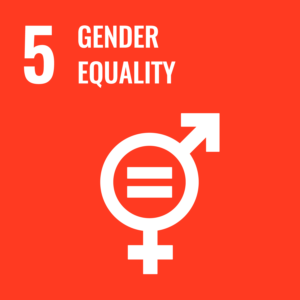

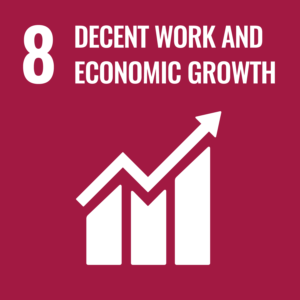
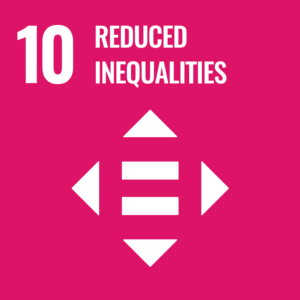
Donors

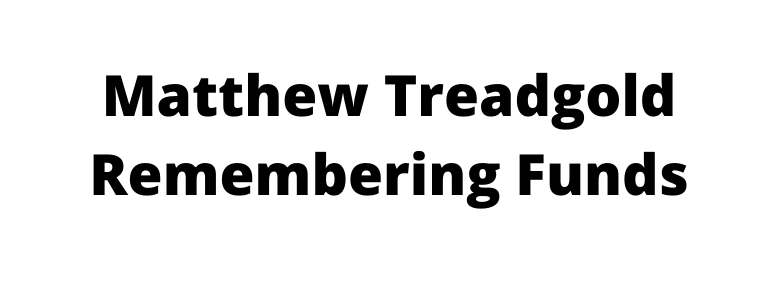
Foundations

Impact
- 2 local teams, each with 3 builders per village have acquired new competencies and obtained employment in the construction of the water supply
- 700 inhabitants with improved drinkable water access
- 140 pupils of 2 schools with improved drinkable water at school
- 1 health care facility with improved drinkable water access
How the project impact in our Area
The aim of the project is to provide all Nosy Mitsio villages with an improved clean water access with multi-sectorial impacts:

Health improvements
- Reduce diarrheal disease prevalence
- Improve personal hygiene and food safety
- Improving hygiene in residential and domestic environments (thanks to the access to public multi tap standpipes close to households)
- Improve healthcare facilities and primary care standards
- Improve School hygiene and the health of the environment
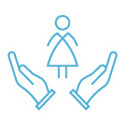
Women's empowerment
- Make the time saved from water collection available for other profitable, domestic or leisure activities
- Prevent school dropouts, especially among adolescent girls, by providing a safe and dignified space for personal hygiene at school
- Avoid safety issues women and girls face while collecting water far from the villages
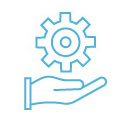
Skills development
- Set and train Community Management Committee (CMC) in charge of the management of the whole Water Supply
- Train local builders to understand aquifers, groundwater behaviour and all the hydraulic principles in order to understand and co-design the project
- Train local builders to select water source, build water catchments and each component of the water supply in order to properly manage operation & ordinary maintenance activities
Description of the project
Why? For whom and through which interventions?
About the context
In Madagascar, 77.6% of the population lives with less than 1.90 USD per day, average age is 19.6 years and most deaths are associated with avoidable causes, first and foremost oro-faecal diseases (UNDP, 2019). Unicef-WHO (2017) state that most rural population lacks access to clean water (63.77%) improved sanitation facilities (83.39%) and access to products for appropriate personal hygiene (49.46%).
The inability to access to improved water sources in close proximity to houses leads to a multitude of concerns for local communities. It brings with it a number of water-related issues for what concerns both water quality and water quantity. Due to contaminated water, the so-called water-borne diseases represent a leading cause of people morbidity and mortality. Moreover, the time spent collecting water reduces also the quantity of water collected and makes the per capital use of water very limited, insufficient to live in a clean healthy environment. However, lack of improved water access goes far beyond disease spread. It forces women and girls to spend lot of time in collecting water, increasing the daily load of domestic (unpaid) work they are expected to accomplish together with a number of other related social and economics issues.
How our research and evidence-based approach shapes our interventions
To live within communities and talk the same local language naturally highlighted the priorities to improve live standards of the villages. Besides, H4O has established excellent academic partnerships to support the projects and to implement evidence based interventions. Through MSc’s dissertations, Universities and Research Institutions work with H4O in order to gather evidences on which interventions are based.

Core activities
- To live within communities and talk the same local language naturally highlighted the priorities to improve live standards of the villages
- Creating focus group discussions by engaging key informants, community members and minorities representatives to highlights the problems linked to unimproved water access
- Training and skills development for a team of local constructors in each area of intervention by the H4O senior trainers
- Increasing engagement and ownership of project beneficiaries, each community member has his/her own duty which is key for the success of the project
- setting and training of Community Management Committees (CMCs) in charge of the whole management (Operation & Maintenance) of the Water Supplies
- Community agreement on monthly water bills in order to afford ordinary maintenance
- Integrating the intervention with hygiene education and promotion activities in schools (see Hygiene Promotion Interventions)


